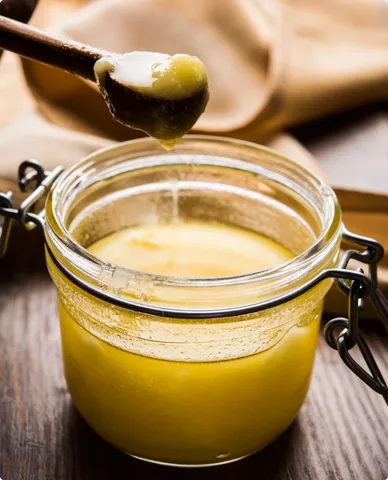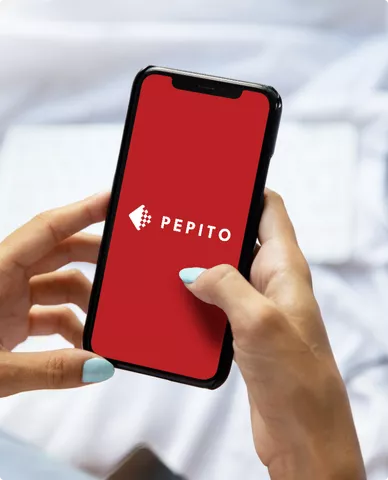Fat Rendering
Fat rendering is the process of separating fat from animal tissues through heating. This essential technique is used to produce tallow and lard, crucial in various industrial applications and food production.
Fat rendering is a vital process in the animal by-product industry, transforming raw animal fat into usable tallow, lard, and other products. The process involves several steps and techniques to ensure the final product meets industry standards and consumer expectations. This comprehensive guide details the rendering process, its types, and applications, as well as regulatory considerations within the European Union.
Types of Rendering
There are two primary methods of rendering: wet and dry rendering.Wet Rendering
Wet Rendering
- Involves cooking animal tissues in water or steam at temperatures typically between 100°C to 120°C.
- The heat causes the fat to separate from the tissues and rise to the surface, where it can be skimmed off.
- Produces higher quality fat as it minimises oxidation and contamination by pigments
Dry Rendering
- The fatty tissues are heated without the addition of water, usually at higher temperatures between 120°C to 150°C.
- The process can result in darker fats due to oxidation and the inclusion of more impurities.
- This method is quicker and often used for lower quality fat production.
Rendering Process Steps
- Raw Material Preparation: Collected animal tissues, including fat, bones, and offal, are inspected and sorted. The materials are chopped into smaller pieces to increase the surface area for more efficient fat extraction.
- Cooking: Depending on the method (wet or dry), the materials are heated in large vessels. The fat melts and separates from the solid tissues during this stage.
- Separation: The melted fat is separated from the solid residues and water (in wet rendering). This is typically done through centrifugation or settling tanks.
- Clarification and Purification: The separated fat undergoes further purification to remove impurities, moisture, and unsaponifiable matter. Techniques include filtration, refining, and bleaching.
- Storage and Handling: The purified fat is stored in clean, temperature-controlled tanks to prevent rancidity. Proper handling and storage are crucial to maintaining the fat’s quality and shelf life.
Applications of Rendered Fats
Rendered fats have a wide range of applications across various industries:
- Food Industry:
- Used in the production of margarine, shortening, and frying oils.
- Edible tallow and lard enhance the flavour and texture of baked goods and fried foods.
- Soap and Personal Care Products:
- Tallow is a primary ingredient in soap manufacturing, providing hardness and a creamy lather.
- Used in cosmetics and skincare products for its emollient properties.
- Industrial Uses:
- Rendered fats are used in the production of biodiesel, providing a renewable energy source.
- Used in the manufacture of candles, lubricants, and animal feed.
Quality Control and Regulations
Quality control is paramount in the rendering process to ensure the final product meets industry standards. The European Union has stringent regulations governing the rendering industry, focusing on:
- Traceability: Ensuring all raw materials are traceable back to their source.
- Hygiene: Adhering to strict hygiene practices to prevent contamination.
- Testing: Regular testing for free fatty acids, moisture content, impurities, and peroxide values to ensure product quality.
PEPITO, complies with all EU regulations to deliver high-quality rendered fats. The company's commitment to quality ensures that their products meet the highest standards for both food-grade and industrial applications.
Environmental Considerations
The rendering process is also environmentally beneficial. It reduces waste by converting animal by-products into valuable materials, thus minimising landfill usage. Additionally, the production of biodiesel from rendered fats contributes to a reduction in fossil fuel dependence, promoting sustainability.
Conclusion
Fat rendering is a critical process in the animal by-product industry, providing essential materials for various sectors. Through wet and dry rendering techniques, rendered animal fat is produced for number a of applications. Adhering to stringent quality and regulatory standards, companies like PEPITO ensure that rendered fats meet the highest industry standards, supporting both economic and environmental sustainability.










